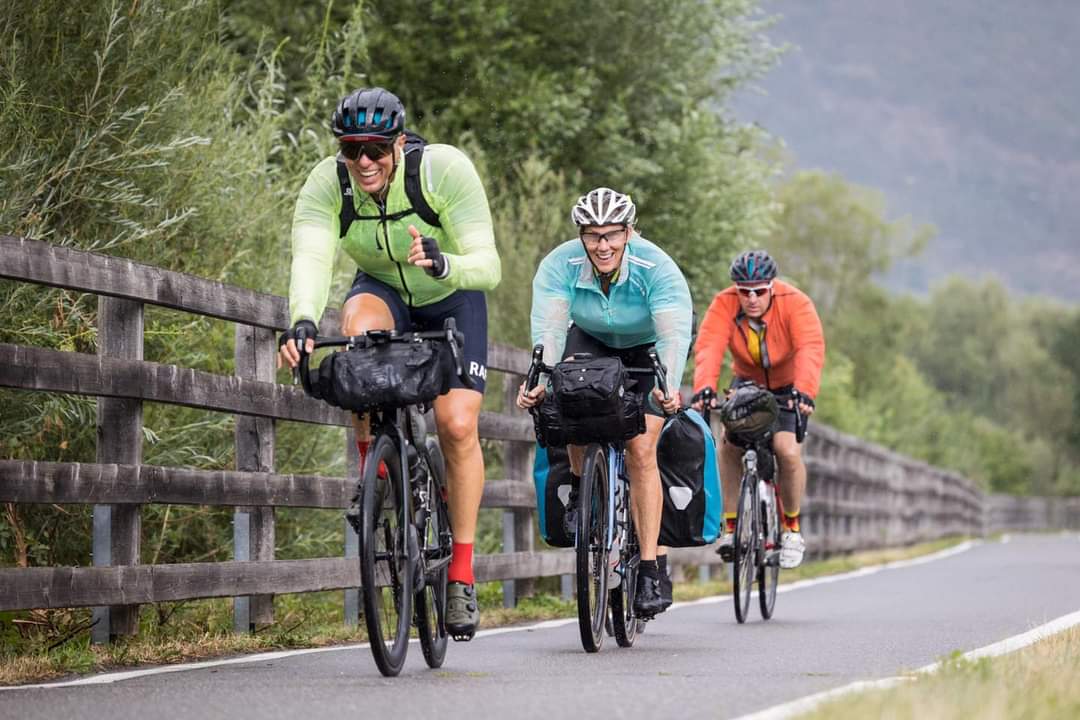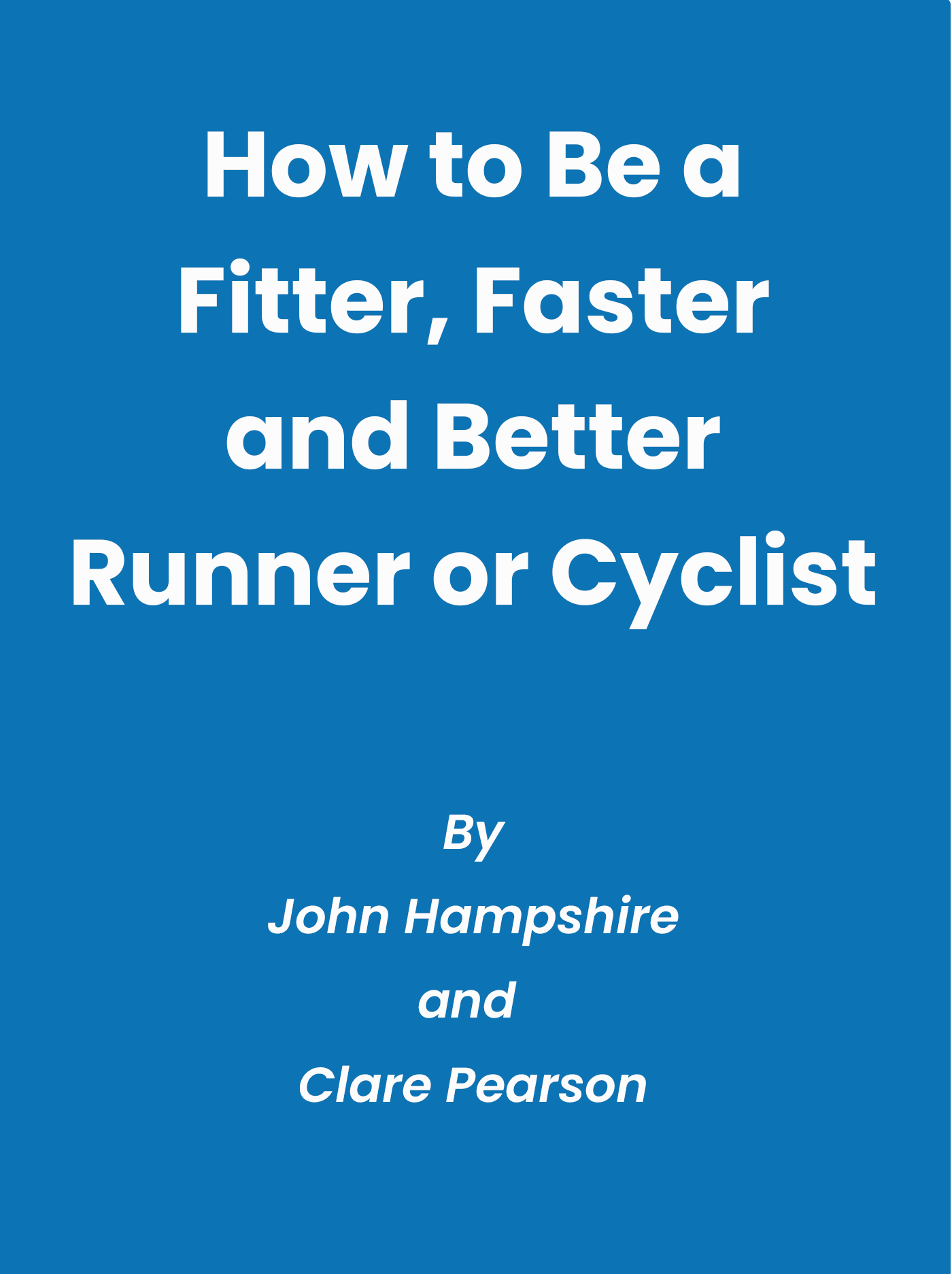How to use rest weeks in your cycling training

Rest and recovery is an essential part of getting fitter and faster for any sport. There are many ways to incorporate recovery into your training and in this article I share some of the ways I have found to be most effective during my years of experience as a cycling coach.
So, how do you use rest and recovery weeks in your cycling training? Recovery weeks should have a similar structure to your normal training weeks but include extra rest days and lower overall training volume. You should include one or perhaps two high intensity interval sessions but with shorter efforts and less high intensity duration than your usual hard workouts.
You can build recovery weeks or other periods of recovery and adaptation into your plan in various ways, either using a formal structure or by using measured or perceived measures of fatigue.
Take a rest week every 3 to 4 weeks
Taking a rest week every 3 or 4 weeks allows you to do 2 or 3 weeks of harder training than you would be able to sustain without recovery weeks.
Recovery weeks are effective because:
- Placing higher stress on your body for a short period and then recovering will build fitness quicker than doing the same thing week after week;
- Including regular recovery periods will reduce the risk of over training, providing a physical and mental opportunity to adapt to the harder training and build fitness;
- Knowing a recovery week is coming up helps maintain focus and define the harder periods of work facilitating gains in chosen areas of focus;
- Using these blocks to include tests either during or soon after the rest week, when your body is ready to work hard, provides a systematic and measurable way to track progress towards your goals.
Not everyone needs a full week of recovery
A full 7 days of recovery isn’t always necessary, sometimes just a few days of easier training can be enough to recover and reset.
If this is the case, it can be a good idea to use the week to do a test or include an event into the plan. There is a lot to be said for maintaining a weekly structure, so forming a 7 day recovery week even if you don’t take it all as recovery can be a good idea.
I use this shortened recovery period with some of the athletes I work with and it is a perfect opportunity to include a hard effort or efforts that give feedback on a particular goal. Perhaps maximum short term power, FTP or fatigue resistance from long endurance rides.
A good structure for this can be:
- Monday and Tuesday: rest or active rest – try a different sport for fun
- Wednesday: – easy ride with some high cadence to wake up the legs
- Thursday: – short, low volume interval session or test of some sort
- Friday: – rest or easy spin
- Weekend: – just one fun ride doing something a bit different
Don’t worry about sticking to a rigid structure, the idea is to have both a physical and mental break.
To some extent, do what feels right but make sure you don’t do too much even if your feel good, don’t get carried away. It is important to be disciplined when you are taking recovery or you will find yourself too tired to do the more focused harder weeks to follow.
Use feel or metrics like HRV to decide when you need a rest week
As an alternative, you can work with how you feel and/or use measurements such as heart rate variability (HRV) to determine when you need a rest.
If you do this, however, you should still take a break every 3 to 6 weeks and if you don’t need to, maybe you aren’t training hard enough on your focused training blocks.
I find that the day to day recommendations of HRV Apps (Elite HRV and HRV4Training are good ones), isn’t particularly useful but watching the average of the last 7 days can very good.
If your 7 day average HRV is trending down for a few days it could be good to take a rest and when it is trending up, you can be reasonably confident that things are going in the right direction and you can continue.
Combining HRV with more subjective metrics such as how you feel can be a very effective way to monitor how things are going and if things aren’t on track you can make appropriate adjustments.
Be flexible and prepared to adjust recovery periods
As with a lot of life, things don’t always go to plan. Even with modern tools and data gathering, it can be difficult to accurately predict fatigue levels, particularly when things happen that aren’t easy or possible to control.
It is therefore necessary to accept that you may need to adjust when your recovery period is or take the odd unplanned rest day to keep things on track. If this happens, don’t worry and be aware that it is better to be a little under trained than over trained.
It is consistent hard work that leads to gains in fitness and taking recovery when needed is the best way to maintain consistent training over weeks, months and years.
Remember that rest and recovery times are when your body adapts and builds fitness to come back stronger and faster.
Related questions:
Do I need complete rest on my recovery days? Recovery days and weeks aren’t necessarily times of complete rest. If you are training for 10 hours a week, taking a couple of days off completely and riding an hour a day would be a recovery week totalling maybe 5 hours of training. The main thing is to reduce the volume and do fewer high intensity sessions to make sure you are recovered and ready for the next block of harder training.
Should I eat less during a recovery week? You should probably eat a bit less during a recovery period but remember you still need to eat enough to help your body adapt and build back stronger after the hard training you have been doing before your rest. Recovery is all about adaptation to harder training and if you don’t eat enough, your body can’t recover. As with most training, it is best to try different strategies and check your weight to make sure you aren’t gaining or losing a lot of weight. Eat good nutritious meals and keep hydrated.
Tags:
cycling, Cycling Training, Heart Rate Monitor, Cycle Training, Bikepacking, Nutrition, Coaching, Mountain BikingMay 19, 2020

Comments